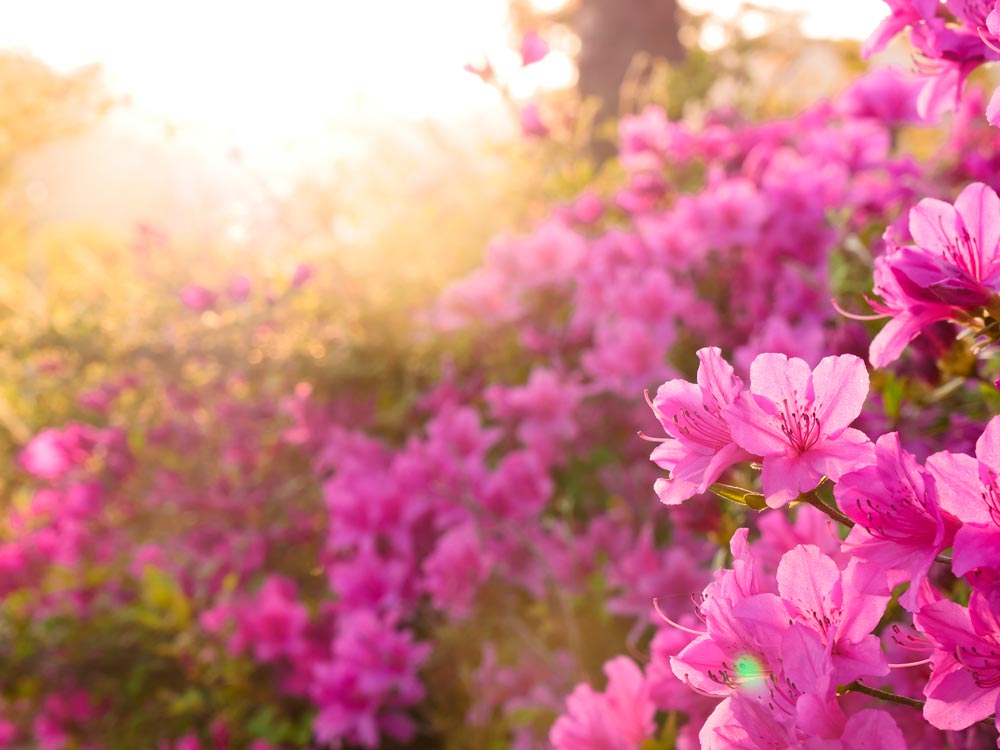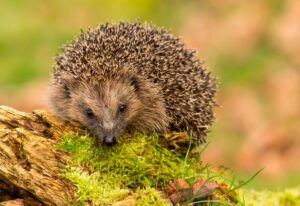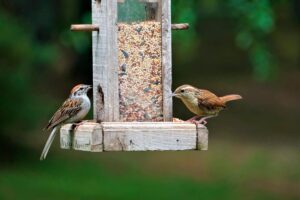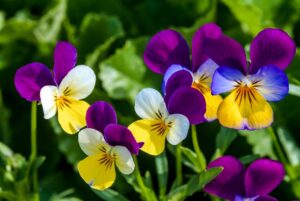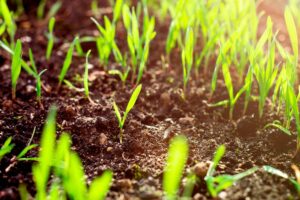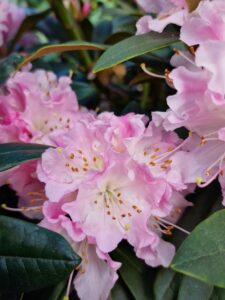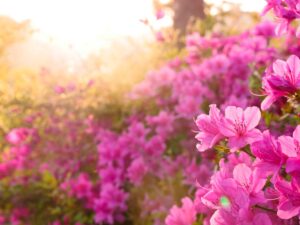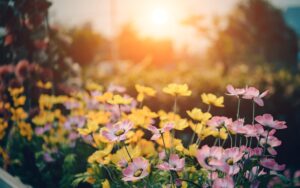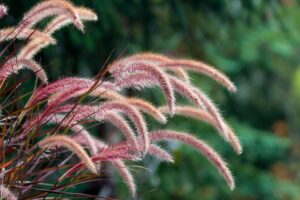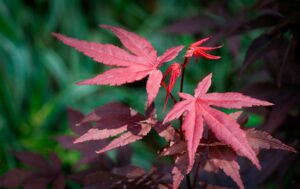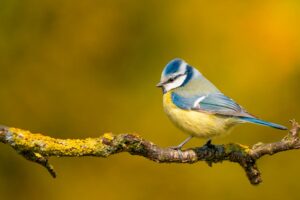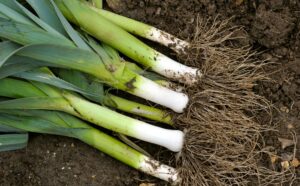Jobs around the Garden…
- Bedding plants can be planted out and will need regular watering and feeding. If the weather is very warm check the watering daily as containers dry out very quickly
- Check the vegetable patch as early crops should be ready for harvesting and you can continue to sow other crops like lettuces for a continual supply
- Potatoes should be earthed-up to boost the crop, and first earlies will be ready for harvesting
- Ensure your fruit trees have enough water when the fruits are swelling. After what is know as the “June drop” when trees shed surplus fruit you can thin any that are still too many to give you fruits of a decent size
- Use lawn feed and weed products, such as MiracleGro Evergreen Complete 4 in 1, to promote a healthy looking lawn
- Ericaceous plants such as Heathers, Rhododendrons, Azaleas, and Camellias will appreciate soft rainwater, especially if you live in a hard water area. If watering with ‘hard’ tap water becomes essential, add a couple of drops of vinegar to each gallon of water before watering these acid-loving plants
- If you are growing brassicas, check for Cabbage White Butterfly eggs on the undersides of the leaves. You can rub them off or wash them away before they hatch.
- Tall plants and hybrids with large flowers require additional support- now is the best time to stake them
- Shade greenhouses to keep them cool and prevent any scorch
Flowers to sow…
- Poached egg plant
- Nasturtiums
- Coreopsis
- Night-scented Stock
- Candelabra Primulas
Vegetables to grow…
- Pak Choi
- Spring Onions
- Broccoli
- Florence Fennel
- Pumpkins
Wildlife Gardening for June
- Continue to put out food for the birds
- Make sure the bird bath is clean and full of fresh water
- Try to trim hedges less frequently to give shelter and food for wildlife
- Be careful not to disturb nesting birds when working around the garden
- Choose a wildlife friendly slug control such as Vitax Slug Gone
- Continue to leave food and water out for Hedgehogs
- From June tadpoles change into young frogs and toads, and will start to emerge from the pond. Help them by keeping the water topped up (ideally with rain water) and provide some cover from predators at the water’s edge
- Continue to remove blanket and duckweed. In small ponds adding barley straw extract can help with algal problems.
